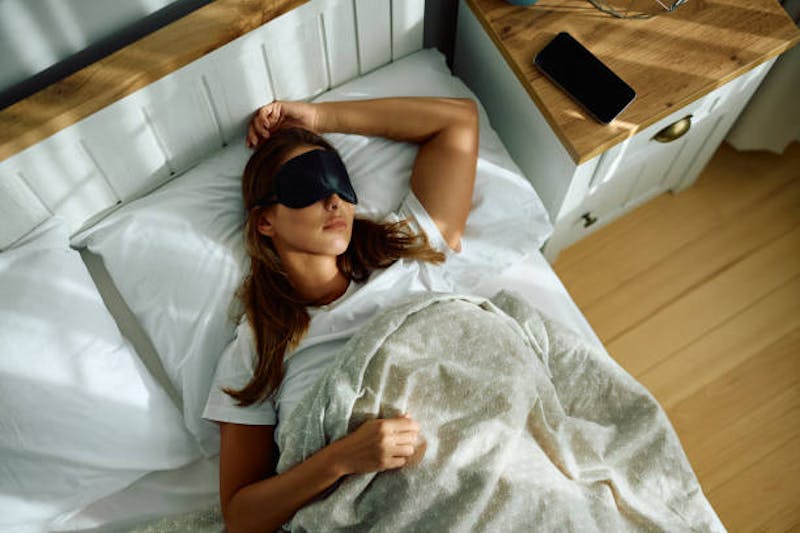
After undergoing a brow lift in Beverly Hills with Dr. Sarmela Sunder, one of the most important factors in your recovery is how you sleep. Your sleep position directly affects swelling, comfort, and the longevity of your results. At Sunder Plastic Surgery, we guide every patient through a smooth and successful recovery, and sleeping correctly plays a vital role in achieving optimal healing.
Read on for essential sleep positioning tips and expert strategies to reduce discomfort after your brow lift procedure.
The Impact of Sleep on Swelling and Results
In the days and weeks following your brow lift, your body works hard to heal. Swelling, tenderness, and mild bruising are common, especially around the forehead and eyes. Because gravity influences fluid retention, sleeping in the wrong position can lead to increased swelling, prolonged discomfort, or even unintended pressure on your surgical sites.
The Best Way to Sleep After a Brow Lift
To support your body during recovery, it’s important to sleep on your back with your head elevated for at least one to two weeks post-surgery. This position encourages proper circulation, reduces fluid accumulation, and prevents strain on your incisions.
Try the following for a restful and safe sleep setup:
- Elevate with a wedge or multiple pillows: Position your head at a 30- to 45-degree angle to minimize swelling.
- Support alignment: Add a small pillow or rolled towel beneath your knees to reduce lower back tension.
- Prevent rolling: Place firm pillows or rolled towels on either side of your head to help stay centered through the night.
Sleep Positions to Avoid During Recovery
Even brief periods of poor positioning can impact your comfort and results, so consistency is key. Keep these high-risk positions in mind and avoid the following:
- Side Sleeping: This creates uneven pressure on healing tissues, potentially leading to swelling and asymmetry.
- Stomach Sleeping: Lying face-down places direct force on your forehead and incisions, increasing the risk of irritation and disrupting healing.
Additional Tips to Minimize Swelling and Discomfort
Pairing good sleep habits with these recovery strategies will enhance comfort and healing:
- Cold compresses: For the first 48 hours, gently apply compresses near (not directly on) the brow to limit swelling.
- Stay hydrated: Water helps flush toxins and supports tissue repair.
- Watch sodium intake: Reducing salt can prevent bloating and puffiness.
- Follow your medication plan: Take pain relief and anti-inflammatory prescriptions exactly as instructed.
- Maintain daytime head elevation: Use supportive pillows when resting during the day to promote drainage and reduce pressure buildup.
When It’s Safe to Return to Your Favorite Sleep Position
Many patients gradually return to their preferred sleep positions about two to three weeks after surgery. However, your individual healing rate may vary. Dr. Sunder will evaluate your progress and let you know when it’s safe to adjust your sleep posture.
To protect your results, continue sleeping on your back with head elevation until any lingering swelling or sensitivity subsides, which can take up to four weeks for some patients.
Personalized Aftercare with Dr. Sunder
At Sunder Plastic Surgery in Beverly Hills, Dr. Sarmela Sunder brings a rare combination of artistry, surgical skill, and compassionate care. As a double board-certified facial plastic surgeon, she ensures every step of your brow lift—from consultation through recovery—is handled with precision and attentiveness. Her advanced endoscopic techniques minimize downtime, and her team is always available to guide you through a smooth healing process.
For expert advice and a highly personalized surgical experience, schedule your consultation with Dr. Sunder today and take the next step toward refreshed, natural beauty.


